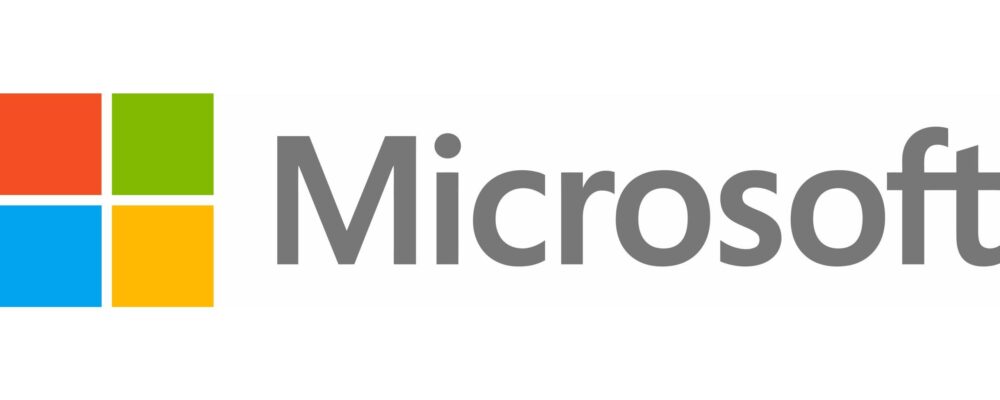A while back, my strength and conditioning coach asked me to work on jumping.
I told my coach I didn’t understand. I tried not to sound as frustrated as I felt. In response, he brought up some well-established sports performance principles. And since I’m a researcher myself—I study the future of work for Microsoft—I went straight to the source.
In “Sports Training Principles,” published in Current Sports Medicine Reports, Dr. Korey Kasper lays out six key guidelines for improving performance and fitness, including “specificity,” or designing exercises for the specific movements and intensities of your sport. That explained the jumping: long-distance runners need to train their legs to absorb shocks again and again, just like they would in an hours-long race.
Suddenly, my coach’s advice made sense. And it got me thinking: could those six principles translate from the sports world to the workplace? (Dr. Kasper, the author of the article, told us he thinks the sports training principles “apply to many endeavors of personal growth.”)
To go deeper on the theme of work and performance, I tapped data from Microsoft’s annual Work Trend Index, a survey of 31,000 people in 31 countries that asked about everything from skill-building to goal-setting to burnout. Here are six rules of performance to consider for your work playbook.
1. Overload: Stretch, but don’t snap
🏃In sports: To get stronger, athletes need to expose their tissues to more stress than they’re accustomed to—think of a coach adding a bit more weight to someone’s barbell. But pile on too many pounds and the athlete might get hurt.
🖥️At work: Like sports coaches, managers need to provide employees with the right degree of challenge to help them grow without overburdening them. Keep in mind that many people have felt overwhelmed by work in recent years: when Microsoft surveyed people from around the world, two in three respondents (67 percent) said heavy workloads impede high performance.
The takeaway: Managers need regular one-on-one check-ins with employees, partly to gauge which tasks feel overwhelming and when an employee might need a hand. A bonus: when managers play an active role, employees are more likely to feel like they’re contributing to their team’s success.
2. Progression: Go for gradual gains
🏃In sports: For athletes to improve, they need to pump up the intensity of training by adding more weight, laps, or reps. (See above.) But the pace of progression over time is crucial too: If you’re out of shape and try to train for a marathon in just a few weeks, you might injure yourself. The key is finding the right level of gradual progress.
🖥️At work: The Work Trend Index found that the number one struggle workers face is not having enough time and energy to get things done. Imagine giving a major presentation—it’s the work equivalent of a race day. And you need enough time to prepare for it.
The takeaway: Keep a pulse on employee experience to understand how people are doing, and rebalance workloads and responsibilities when necessary. One way to do this is with a “feedback flywheel,” a continuous loop in which employee sentiment is gathered, analyzed, and turned into actions that get communicated and implemented across the organization.
3. Individualization: Forget “one size fits all”
🏃In sports: Every athlete is different. They have different body shapes and sizes, athletic histories, mental blocks, life circumstances, etc. So yes, an individual athlete needs to adapt to a training regimen, but the reverse is also true.
🖥️At work: We have more tools than ever to personalize work so it best suits each employee. Hybrid work normalized more flexible schedules, giving people the ability to pop out to exercise or take a family member to the doctor. (Something for leaders to keep in mind if they’re encouraging people to gather in person more often: human connection is meaningful to people, and 84 percent of employees would be motivated to come in by the promise of socializing with co-workers, while 85 percent would be motivated by rebuilding team bonds.)
The takeaway: To encourage high performance, recognize that every individual is different. Model behaviors that embrace flexibility, like creating team agreements, and let people know they don’t have to respond to emails sent outside of non-conventional work hours.
4. Reversibility: Use it or lose it
🏃In sports: “Reversibility” is sports terminology for a familiar principle: If you don’t keep up with your sport, your performance and fitness will decline. It’s why coaches encourage athletes to stay fit in the offseason.
🖥️At work: For business leaders, this principle resonates most when it comes to helping teams learn and grow on the job. Organizations invest billions of dollars every year in upskilling and reskilling employees—but if employees don’t use what they learn, they likely won’t remember it. That’s what researchers refer to as the “forgetting curve.” As AI reshapes how we work, investment in learning has never been more crucial. And 85 percent of employees say that having enough chances to practice new skills would benefit their performance.
The takeaway: Skill-building doesn’t end when the training is over. Be sure to build in follow-ups with employees and create opportunities for them to put those new skills into practice.
5. Periodization: Train, rest, repeat
🏃In sports: Many people think performance is one continuous line, rising with time. The reality is that training must be designed as a series of cycles that include periods of rest and recovery. An athlete can’t always go at full blast.
🖥️At work: The risk of burnout—and the cost it presents to organizations—remains high. In the Work Trend Index survey, almost half (49 percent) of respondents say they are burned out. This number goes up to 54 percent for business decision makers. A strong performance can only be sustained over time if employees are well rested.
The takeaway: While the onus is often on employees to make sure they’re getting enough recovery time, employers can make structural changes, too, like instituting meeting-free days or building in quieter periods after a big project wraps. And remember to ask managers to model this behavior to help build a culture where taking time away is the norm.
6. Specificity: Go for the end goal
🏃In sports: Coaches always have an athlete’s specific sport and goal in mind—and training should be designed to match. So if you’re a distance runner, you need to train your legs to absorb the small, continual shocks of your sport. That’s where those jumps come in.
🖥️At work: Does your employees’ daily work ladder up to the larger outcome you’d like them to achieve? In other words, are they exercising the right muscles every day to hit their goals and grow in their role? For perspective, 65 percent of employees say they don’t have enough clear priorities and goals to get their work done—and 66 percent say they don’t have enough motivation. Employees struggle when they don’t know their “why,” and understanding the link between their daily tasks and the bigger picture is essential to their ability to perform.
The takeaway: OKRs, or objectives and key results, can be a helpful tool for aligning on a specific goal: when the larger purpose is front and center, employees can contextualize the smaller steps that will get them there.
These guidelines have stayed with me as I work on new personal records, and they’ve also served me well when I think about work. When I take a breather in the middle of the day, for example, I don’t think of it as time off work—I think of it as periodization, a key cycle in my professional performance.
The principles are even more powerful in the context of management. Is an employee doing too many sprints in a row? Are they getting the training they need to adapt to new technologies like AI, and are they using those new skills in their daily work?
Managers should empower employees to realize their full potential—sustainably—in the ultramarathon that is a career.
Microsoft is a technology company, a small local company, with few employees, no offices, and almost making no profit… >>
Please visit the firm link to site



